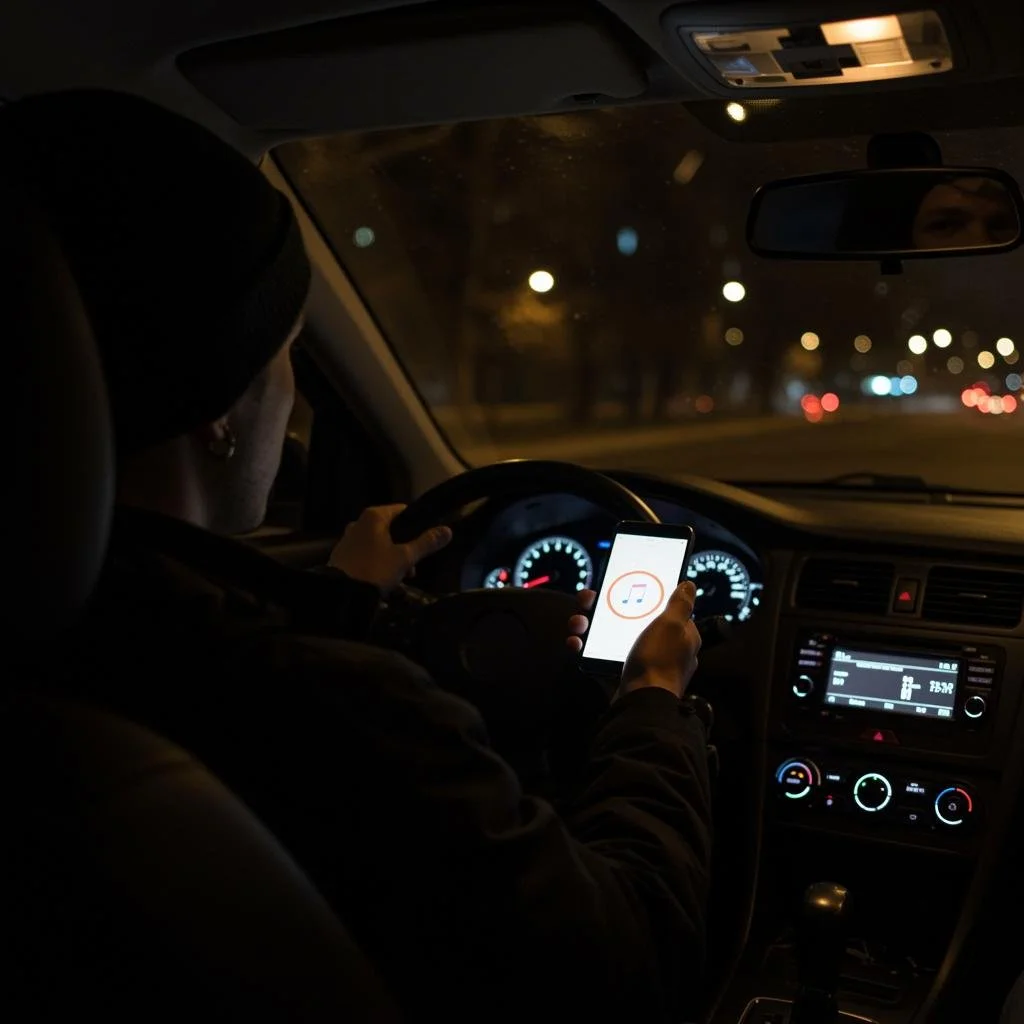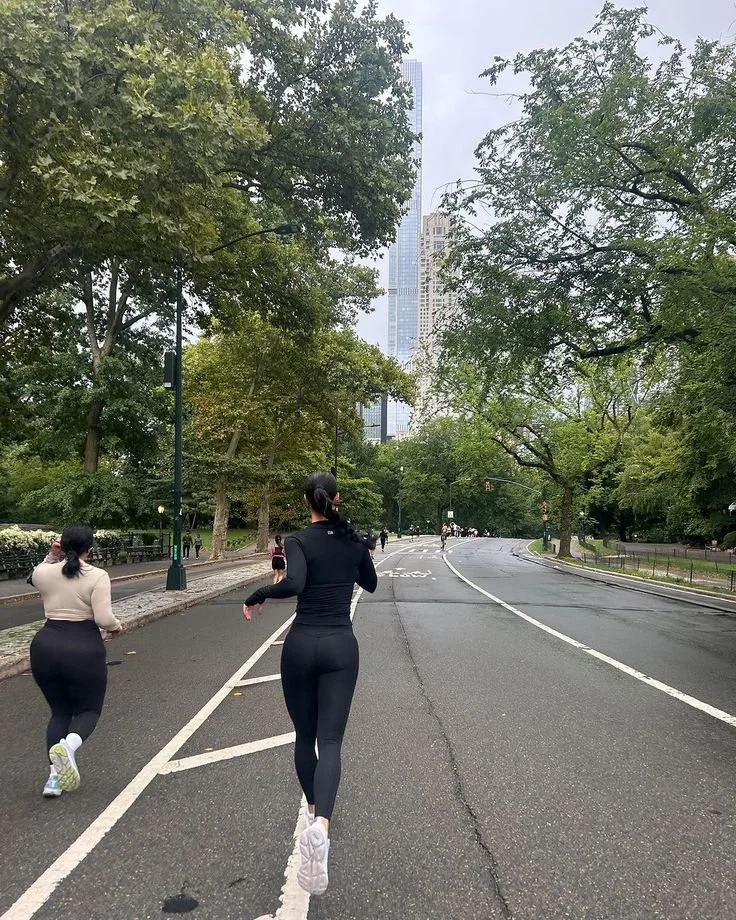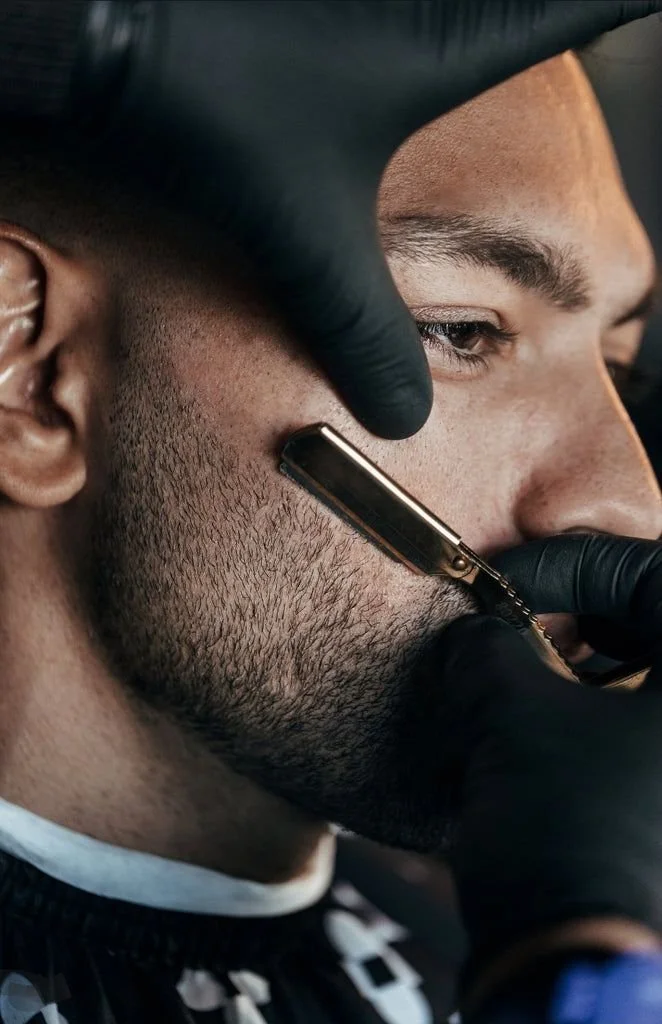The Dangers Of Smartphone Use While Driving
Smartphones have become an essential part of daily life, but using them while driving significantly increases the risk of accidents. The National Highway Traffic Safety Administration (NHTSA) reports that thousands of crashes each year are caused by distracted driving, with cellphone use being a primary factor. Whether texting, calling, or using apps, drivers who divide their attention put themselves and others in danger.
Despite growing awareness, many drivers continue to engage with their phones while behind the wheel. The convenience of instant communication and navigation tools can make it tempting to glance at a screen, but even a momentary distraction can have life-altering consequences.
In this article, we share the risks associated with smartphone use while driving, which is crucial in preventing accidents and promoting safer roads.
No. 1
Cognitive Distraction and Its Consequences
Cognitive distraction is a major issue caused by smartphone use while driving. Texting, talking, or even taking hands-free calls reduces reaction time, making it harder to detect unexpected obstacles and respond appropriately. This delay in response can result in serious accidents, including collisions and pedestrian injuries.
Studies show that even hands-free calls can impair a driver’s attention, as the brain struggles to process both conversations and driving tasks simultaneously. The mental workload of engaging in a phone conversation diverts focus from the road, increasing the likelihood of missing traffic signals, pedestrians, or sudden stops.
Attorneys experienced in car accidents caused by cellphones can help victims seek compensation for injuries and damages resulting from distracted driving. Legal support ensures that victims receive the justice they deserve and that negligent drivers are held accountable.
No. 2
Types of Distractions Caused by Smartphones
Smartphone-related distractions typically fall into three main categories:
Visual Distraction – Looking at a phone screen to read a message or check navigation takes a driver’s eyes off the road. Even a brief distraction can lead to lane drifting or rear-end collisions.
Manual Distraction – Dialing, scrolling, or typing requires the use of one or both hands, reducing a driver’s ability to control the vehicle safely. This is particularly dangerous on highways or in heavy traffic.
Cognitive Distraction – Engaging in a conversation or reading messages diverts mental focus from driving, increasing the likelihood of missing road signs or obstacles.
Each of these distractions alone is hazardous, but when combined—such as in the case of texting while driving—the risk of an accident multiplies significantly.
No. 3
The Impact of Texting and Social Media Use
Texting while driving is one of the most dangerous distractions because it involves all three types of distraction simultaneously. According to the National Highway Traffic Safety Administration (NHTSA), a vehicle traveling at 55 mph can cover the length of a football field in just five seconds—the time it takes to read or send a text.
Social media use while driving further increases the risk of accidents. Checking notifications, live streaming, or taking photos diverts attention from the road. These behaviors are especially common among young drivers, leading to serious and sometimes fatal collisions.
The rise of video-sharing apps and live-streaming platforms has exacerbated the problem, as some drivers attempt to capture moments while in motion. This reckless behavior has led to tragic accidents, reinforcing the need for stricter regulations and public awareness campaigns.
KIndle Unlimited
Sign up for a 3-month trial and dive into a wealth of resources on health, wellness, and self-development.
No. 4
Legal Consequences and Victim Rights
Most states have enacted strict laws to prevent cellphone-related accidents, including fines and penalties for texting while driving. Despite these regulations, distracted driving remains a leading cause of car accidents in the United States.
Victims of distracted driving accidents may be entitled to compensation for medical expenses, lost wages, and emotional distress. Legal professionals specializing in car accident claims can assist victims in pursuing justice and financial recovery.
In some cases, drivers found guilty of causing accidents due to cellphone use may face criminal charges, particularly if their negligence results in severe injury or death. Legal consequences vary by state, but the overarching goal is to deter reckless behavior and protect road users.
No. 5
Promoting Safer Driving Practices
Organizations and government campaigns advocate for safe driving habits to reduce cellphone-related crashes. Education and enforcement are key strategies in preventing these accidents and promoting responsible driving behavior.
Some effective measures include:
Public Awareness Campaigns – Highlighting the dangers of distracted driving through advertisements, social media, and educational programs.
Stronger Legislation – Implementing harsher penalties for drivers caught using their phones while driving.
Technology Solutions – Encouraging the use of hands-free devices, driving mode features, and apps that block notifications while driving.
Many companies and organizations are also taking steps to discourage employees from using phones while driving, recognizing the risks associated with workplace-related distracted driving incidents.
No. 6
How Drivers Can Prevent Distractions
Drivers can take proactive steps to minimize distractions and ensure safer roads.
Some effective strategies include:
Turning Off Notifications – Silencing alerts while driving can reduce the temptation to check messages.
Using Hands-Free Features – Voice commands and Bluetooth devices can help minimize manual distractions.
Pulling Over When Necessary – If a call or message is urgent, safely pulling over before responding is the best option.
Educating Passengers – Encouraging passengers to assist with navigation or communication can help keep the driver focused.
By adopting these habits, drivers can significantly reduce the risk of accidents and contribute to a safer driving environment.
Takeaways
Smartphone use while driving is a serious and preventable hazard. The combination of visual, manual, and cognitive distractions makes cellphone-related accidents particularly dangerous. Despite strict laws and awareness campaigns, distracted driving continues to be a major cause of injuries and fatalities on the road.
By understanding the risks and taking conscious steps to avoid distractions, drivers can play a crucial role in preventing accidents and saving lives. Legal professionals, policymakers, and advocacy groups must continue working together to enforce regulations, promote education, and encourage responsible driving habits.
Ultimately, the responsibility lies with each driver to prioritize safety over convenience. Making the choice to stay focused on the road can mean the difference between life and death—for yourself and those around you.
Looking for resources?
At Hello Lovely Living, we aim to empower you to earn and save money and time while benefiting from our expansive network of home, life, wellness, travel, work-from-home, career, and business resources and opportunities. Discover a wealth of tools to support your journey.































